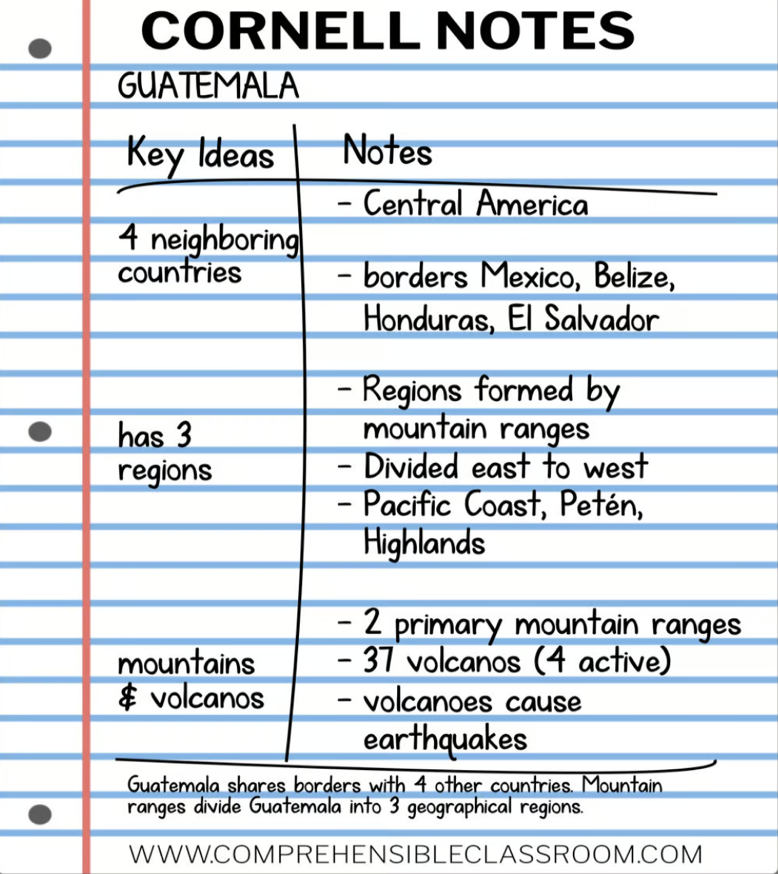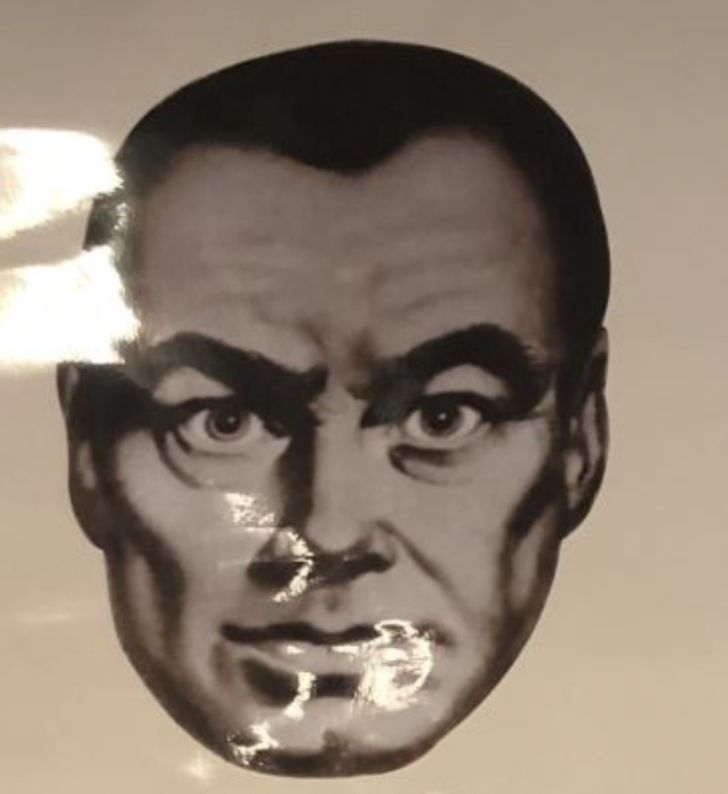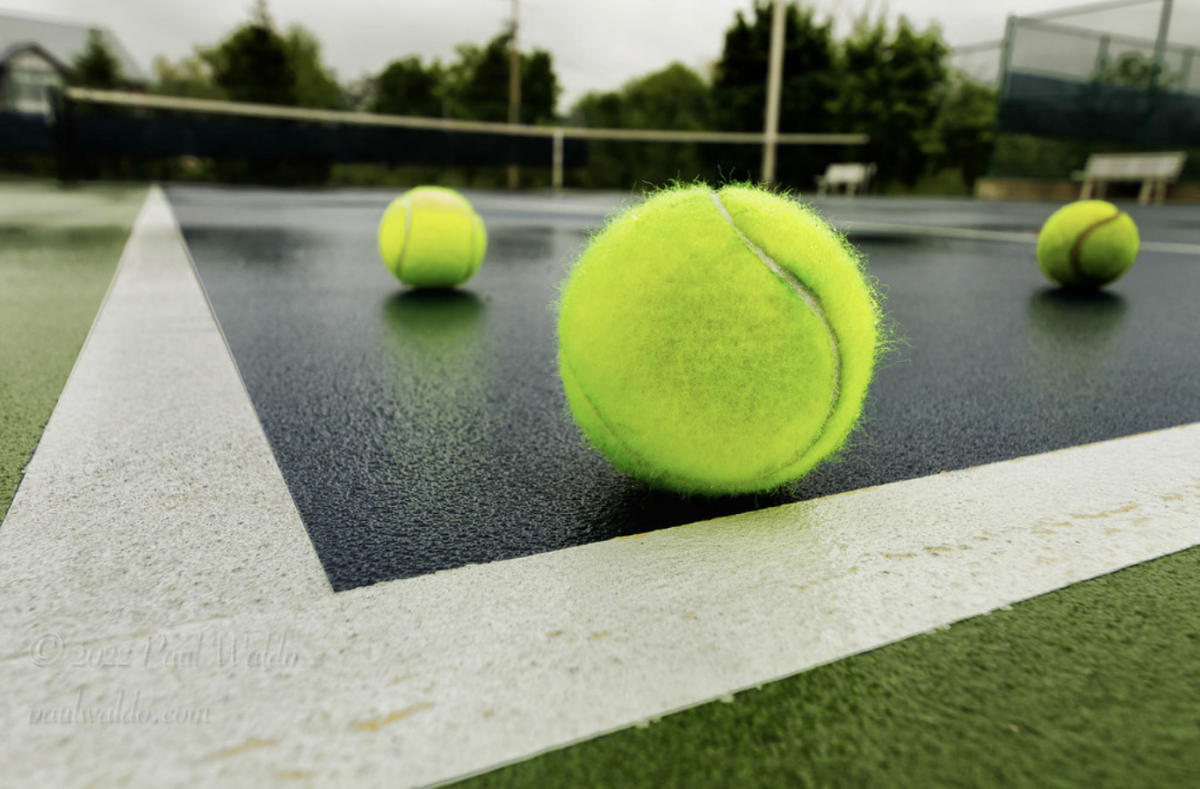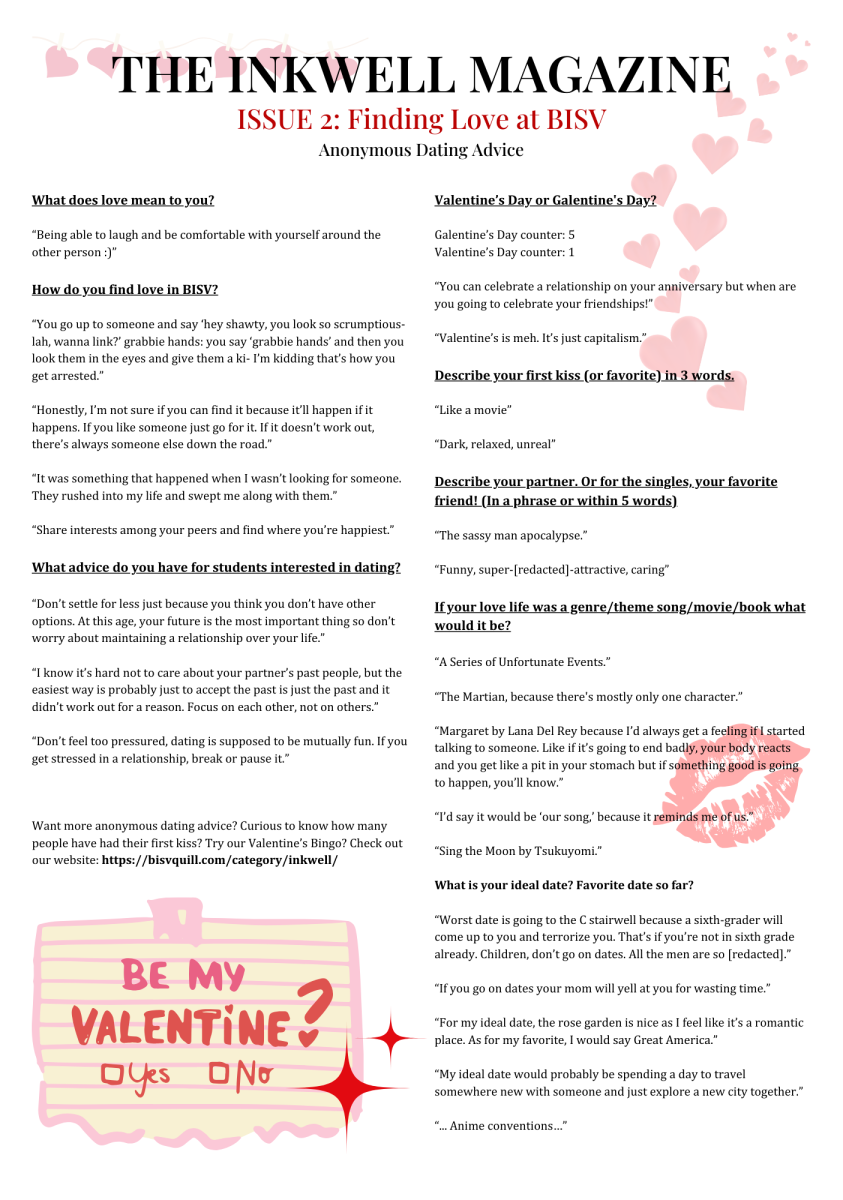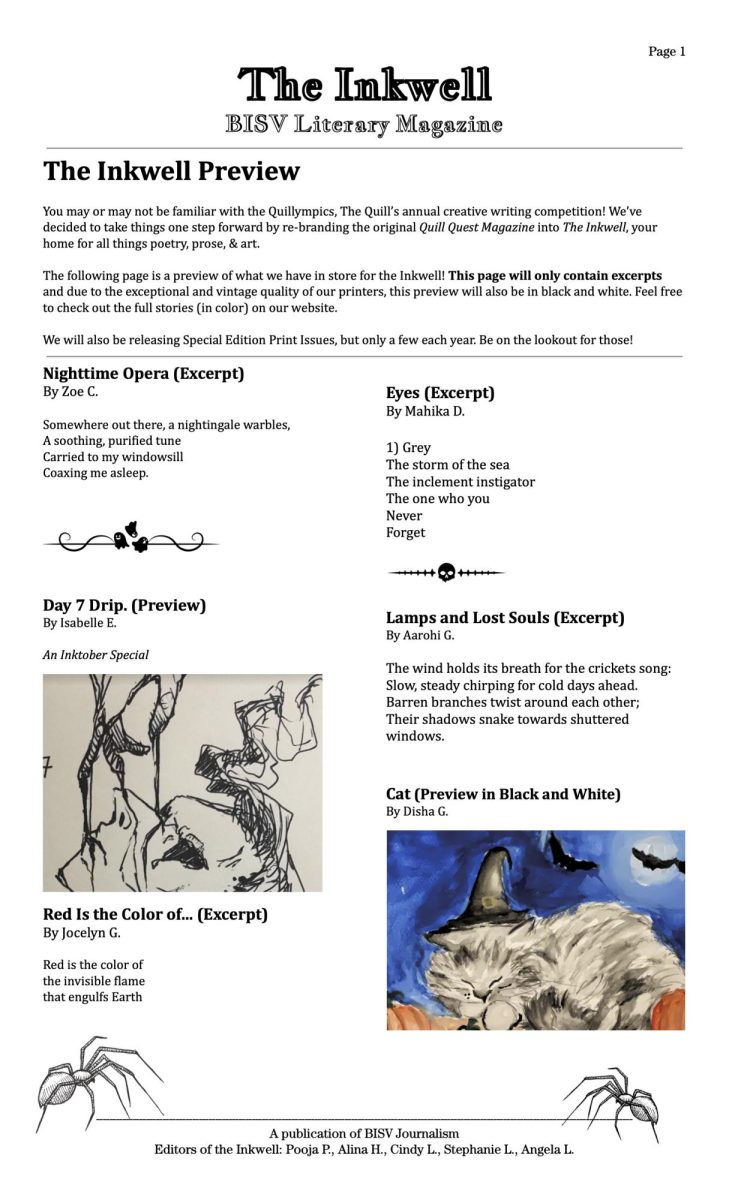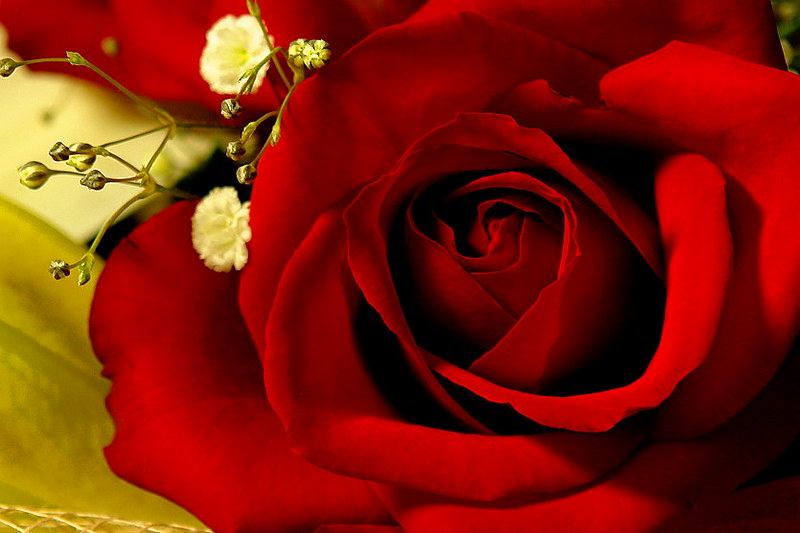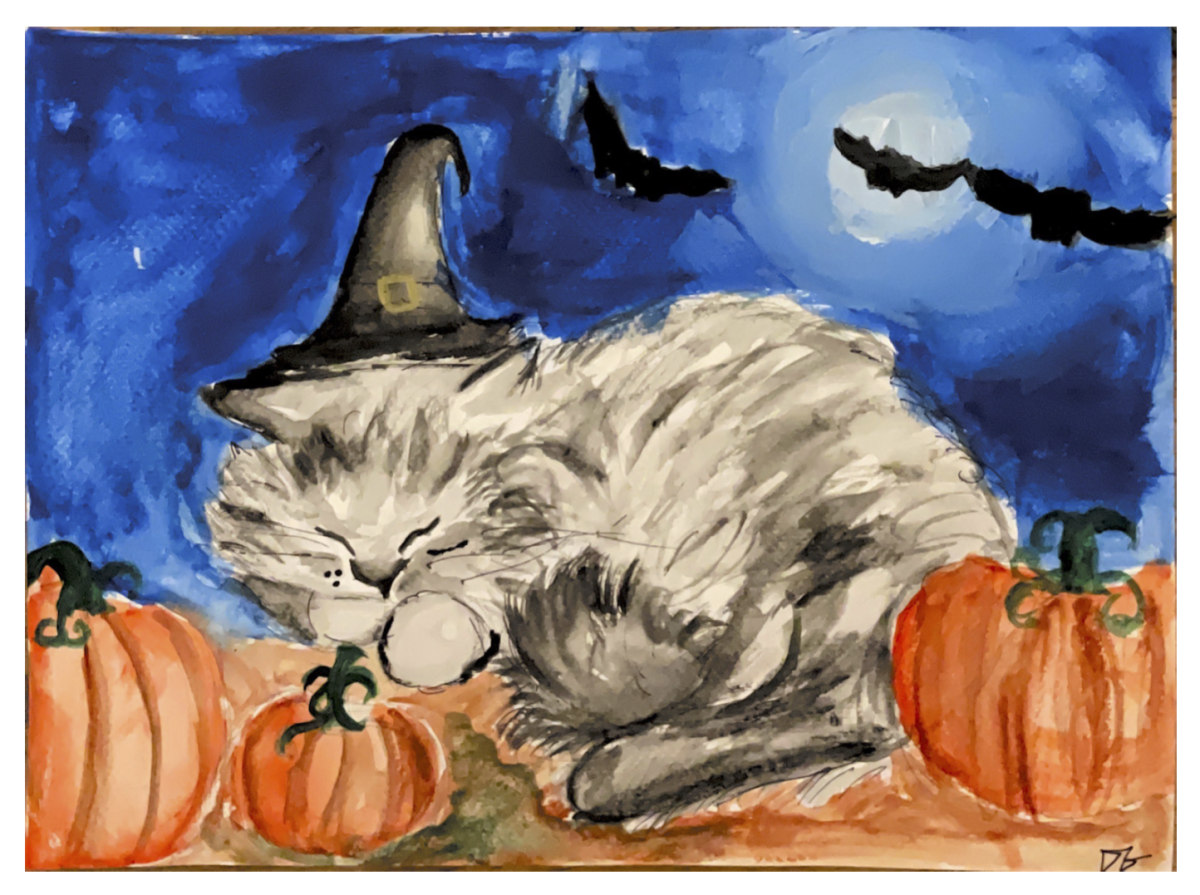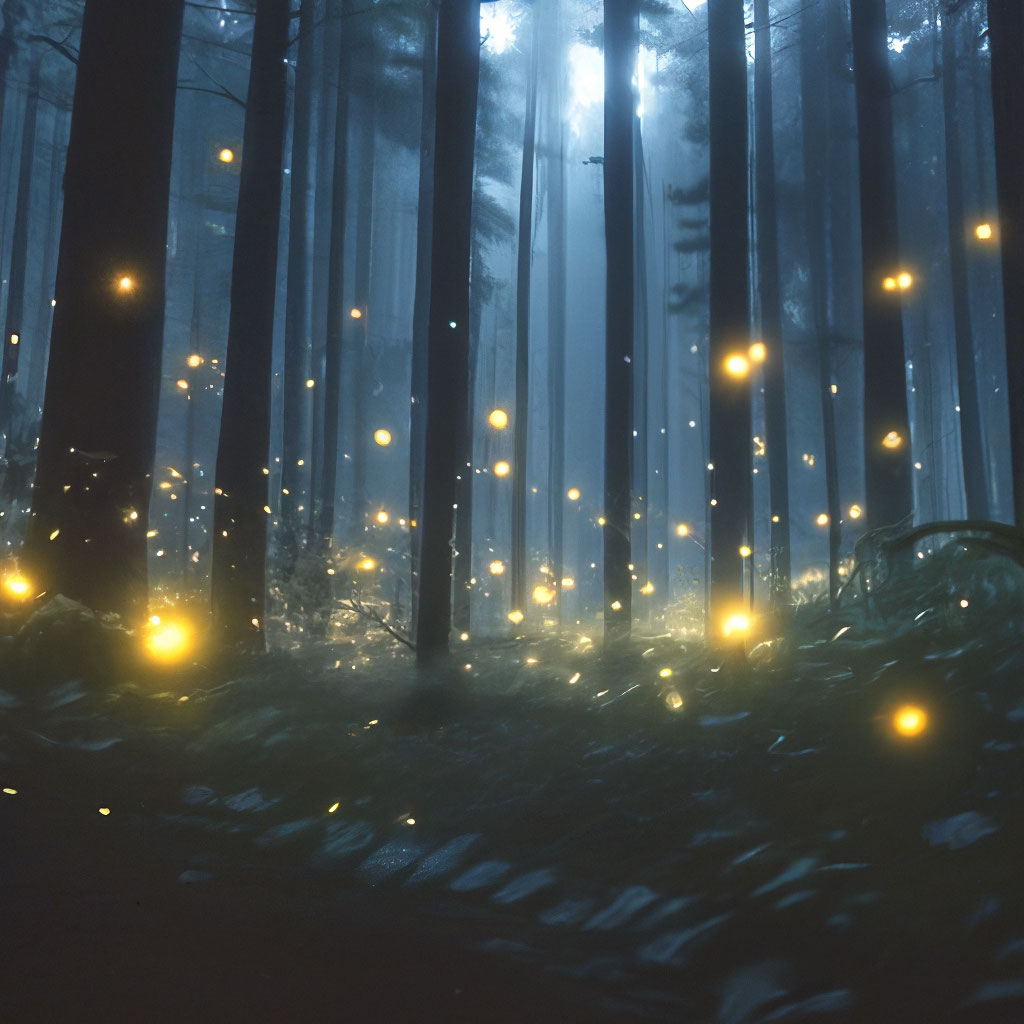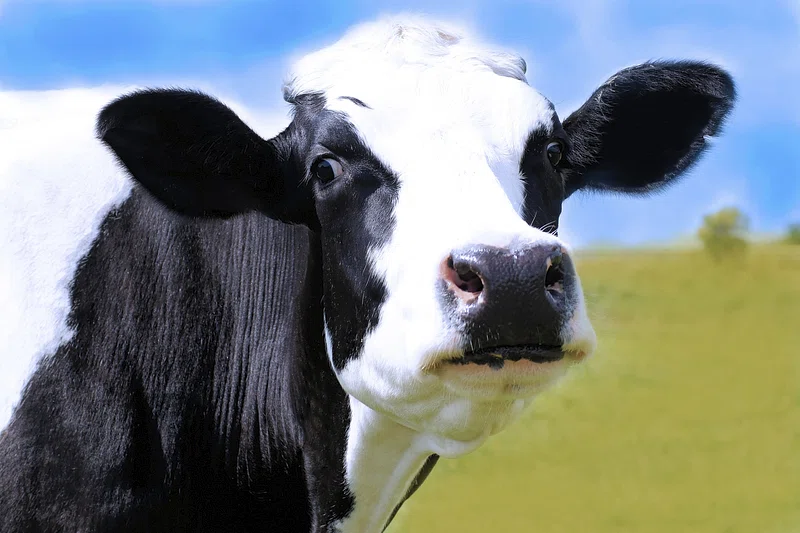Previously published Jan 16. 2022
Did you know that cattle are the largest agricultural source for greenhouse gasses around the world? While industrialization and transportation are the primary targets for scrutiny by environmental organizations, cows should be more recognized for their sizable carbon footprint.
Although cows can pollute by emitting methane when they burp, their urine is a foremost pollutant that requires immediate recourse. When the urine mixes with feces or runs off into rivers, it can emit ammonia ⸺ a greenhouse gas that is also a harmful chemical to humans. Because cows can urinate up to eight gallons every day, and nearly 100 million cows reside in the United States alone, this pollution poses a significant issue for the Earth’s climate. This case of global warming will inevitably cause higher animal extinction rates, dirtier air, and higher sea levels among other detriments.
To solve this problem, scientists have come up with a ridiculous-sounding idea: potty-trained cows. This strange solution was inspired by a radio host, who joked to Lindsay Matthews, an animal behavioral scientist and future director of the cattle project, that farmers should potty-train cows to reduce ammonia emissions. By training cows to only urinate in a specially designed area (dubbed the MooLoo), livestock owners can process and clean the urine, drastically decreasing the amount of pollution caused.
In addition to combating pollution, the urine gathered by the MooLoos can be refined into useful products. Cow urine contains nitrogen and phosphorus, which can be made into fertilizers. So not only would potty-trained cattle help the environment, but also cut costs for the farmers that own them.
This idea is more feasible than it seems. Unlike human children, who take anywhere from three to six months to properly potty-train, calves can be potty-trained in about 10 days. Scientists, led by the aforementioned Matthews, first contained the calves in the MooLoo and rewarded them when they urinated. In the second phase, calves were allowed to roam free in their enclosures. When a calf urinated in the MooLoo, it was rewarded, but when a calf urinated elsewhere, Matthews’ team of New Zealand researchers punished the calf, squirting it with water. The results speak for themselves: 10 days after the training began, 11 out of the 16 targets were completely potty trained, and scientists were convinced that with more time, all 16 could be trained.
The next steps for this idea are the refinement of the technique and mass adoption. Matthews plans on modifying his technique to make it viable for real-world deployment, by making it work on a larger scale and automating the process. Even then, farmers need to be convinced of the merits of such a system. This might be helped by the fertilizer that the MooLoo could potentially produce. The behavioral research team estimates that if 80% of cows are potty-trained, ammonia emissions could be cut by over half thereby creating a cleaner atmosphere and environment for the cows and humans to live in.
Sources
1. Temming, Maria. “Potty-Trained Cattle Could Help Reduce Pollution.” Science News, 14 Sept. 2021, https://www.sciencenews.org/article/cow-cattle-pee-potty-training-bathroom-pollution-ammonia.
2. Zhang, S. et al. Cow manure application effectively regulates the soil bacterial community in tea plantation. BMC Microbiol 20, 190 (2020). https://doi.org/10.1186/s12866-020-01871-y
3. Magazine, Smithsonian. “Researchers Potty Trained Young Cows, a Promising Measure to Reduce Greenhouse Gases.” Smithsonian.com, Smithsonian Institution, 15 Sept. 2021, https://www.smithsonianmag.com/smart-news/researchers-potty-trained-young-cows-a-promising-measure-to-reduce-greenhouse-gases-180978687/.
4. Dirksen, N., et al. “Learned Control of Urinary Reflexes in Cattle to Help Reduce Greenhouse Gas Emissions.” Current Biology, vol. 31, no. 17, 2021, https://doi.org/10.1016/j.cub.2021.07.011.



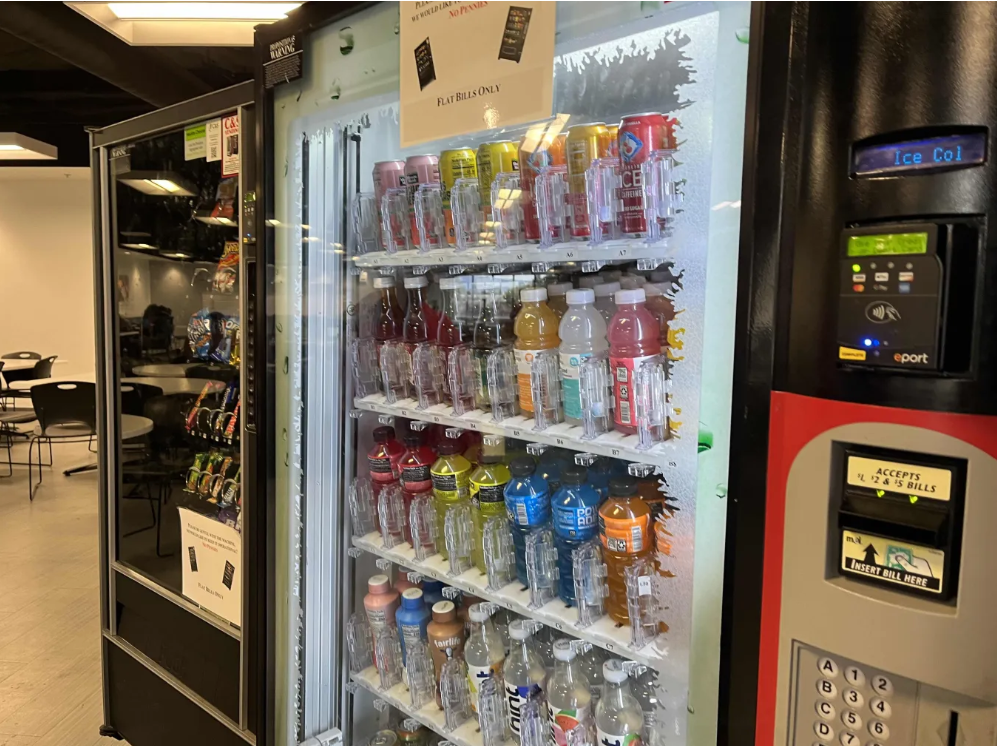
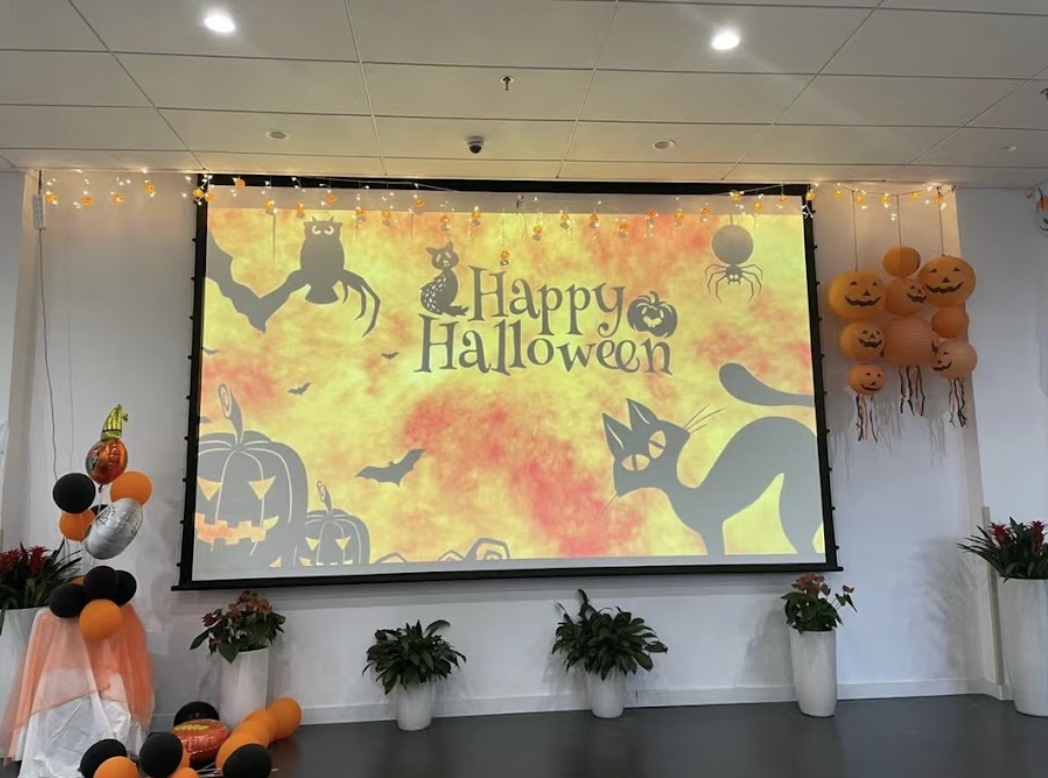
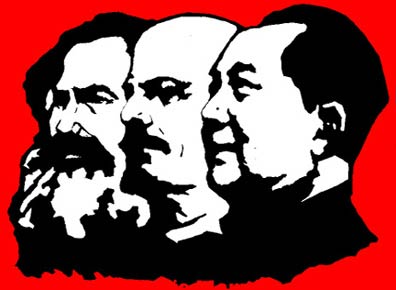
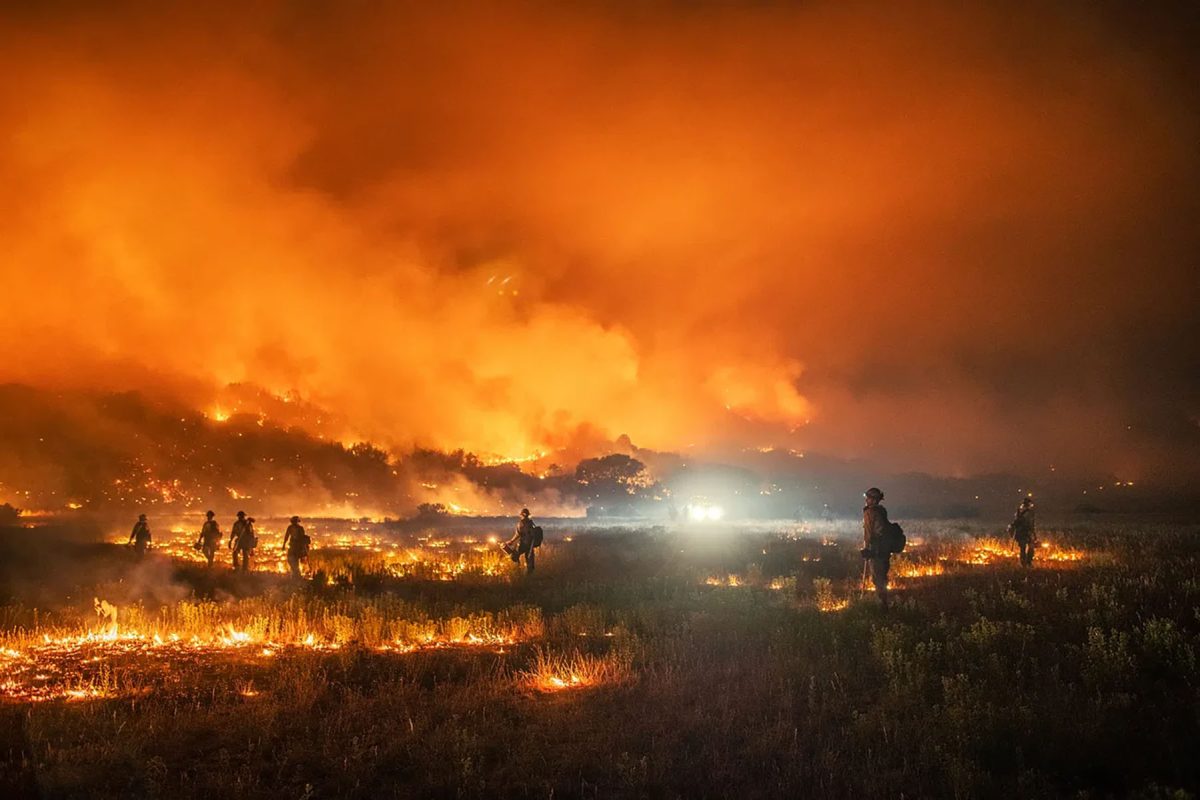



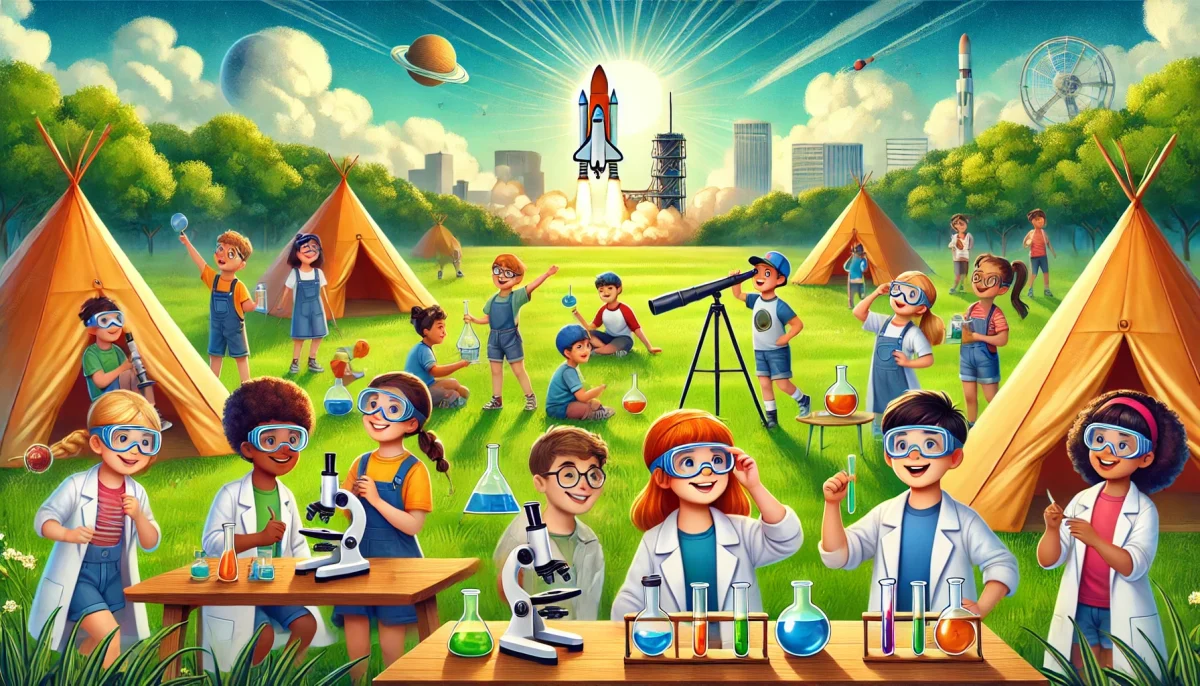
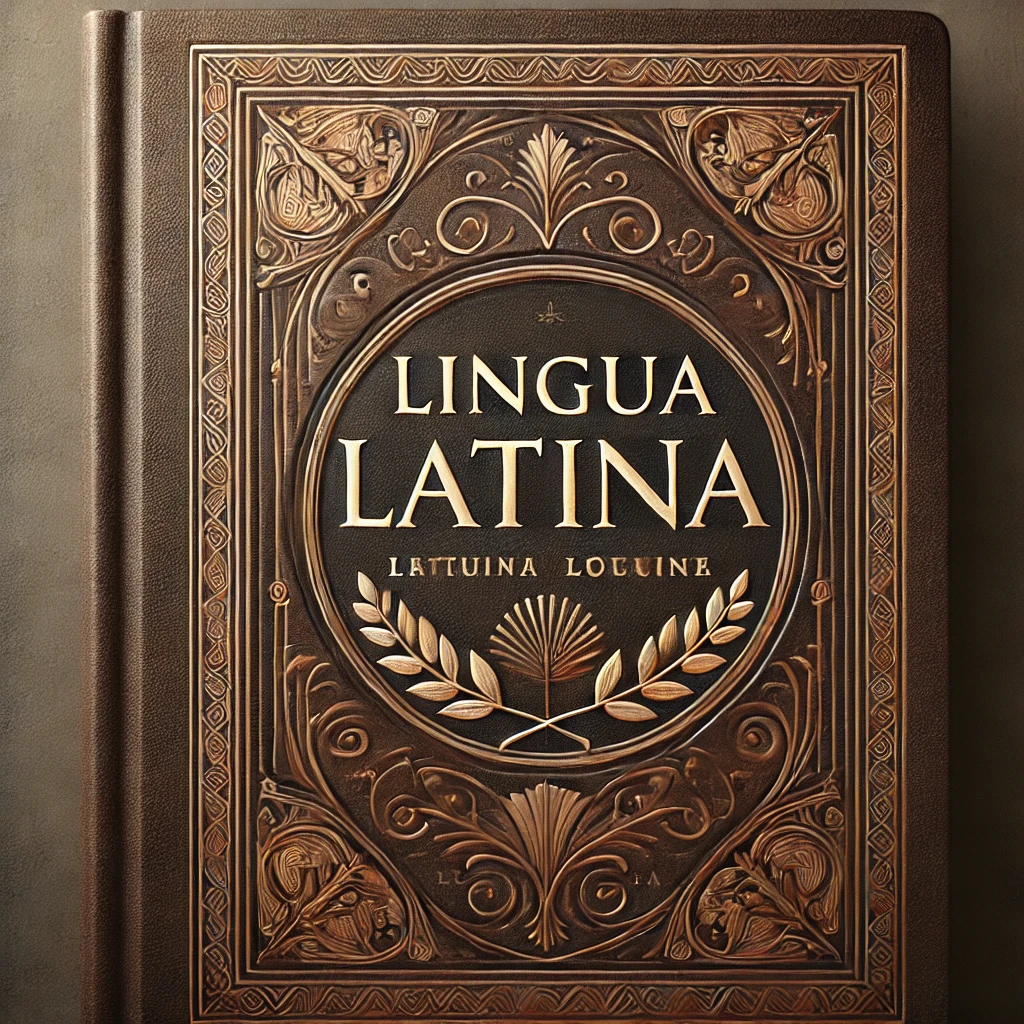


![Teacher [Milk] Tea: Part 2](https://bisvquill.com/wp-content/uploads/2024/03/Screen-Shot-2024-03-19-at-9.28.48-PM.png)
![Teacher [Milk] Tea: Part 1](https://bisvquill.com/wp-content/uploads/2024/03/milk-tea.png)
